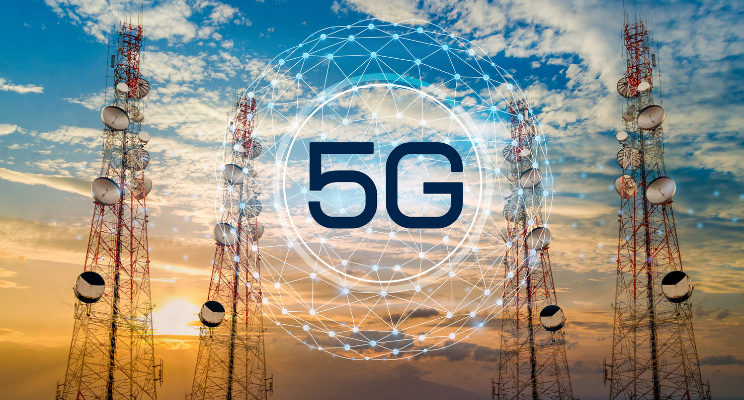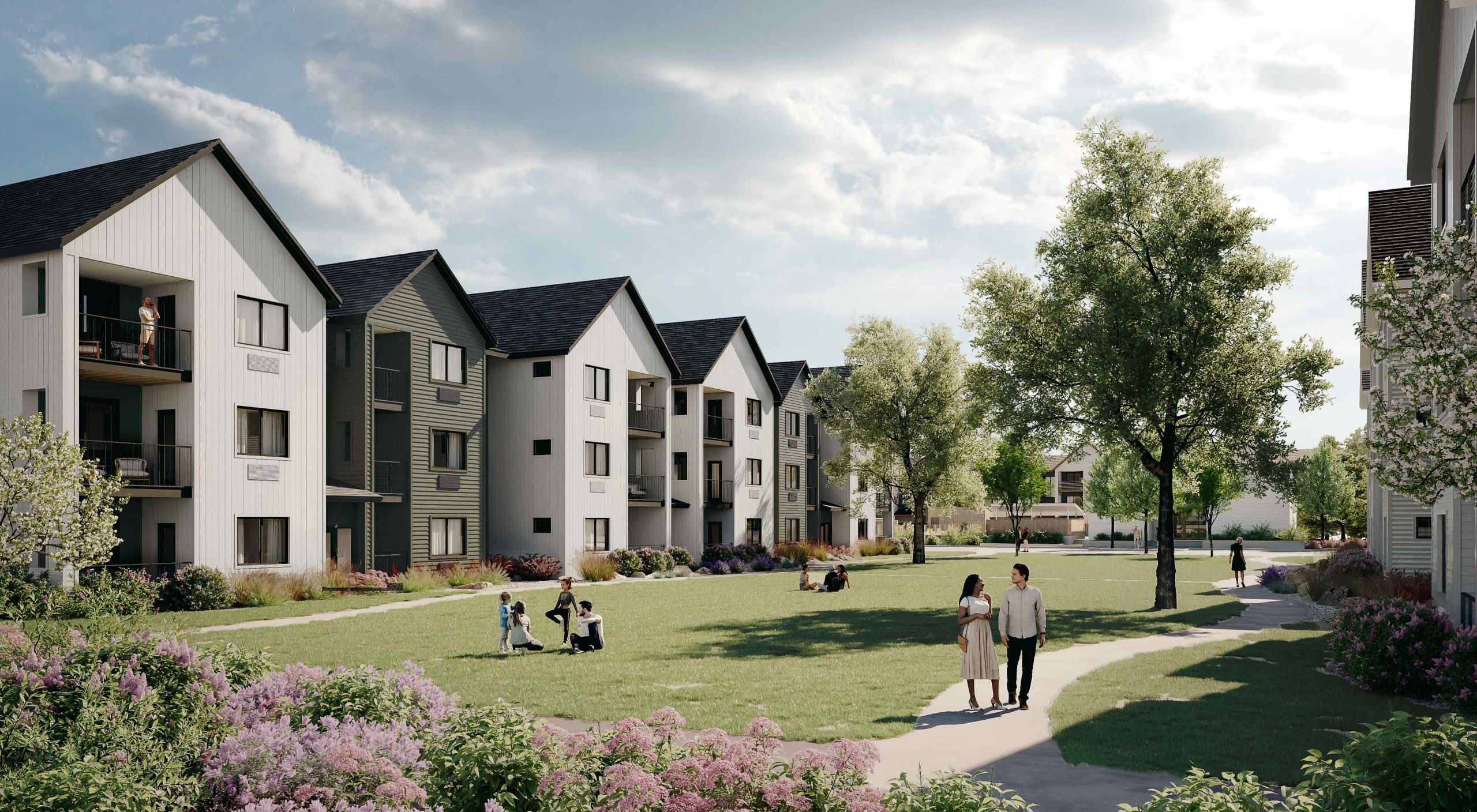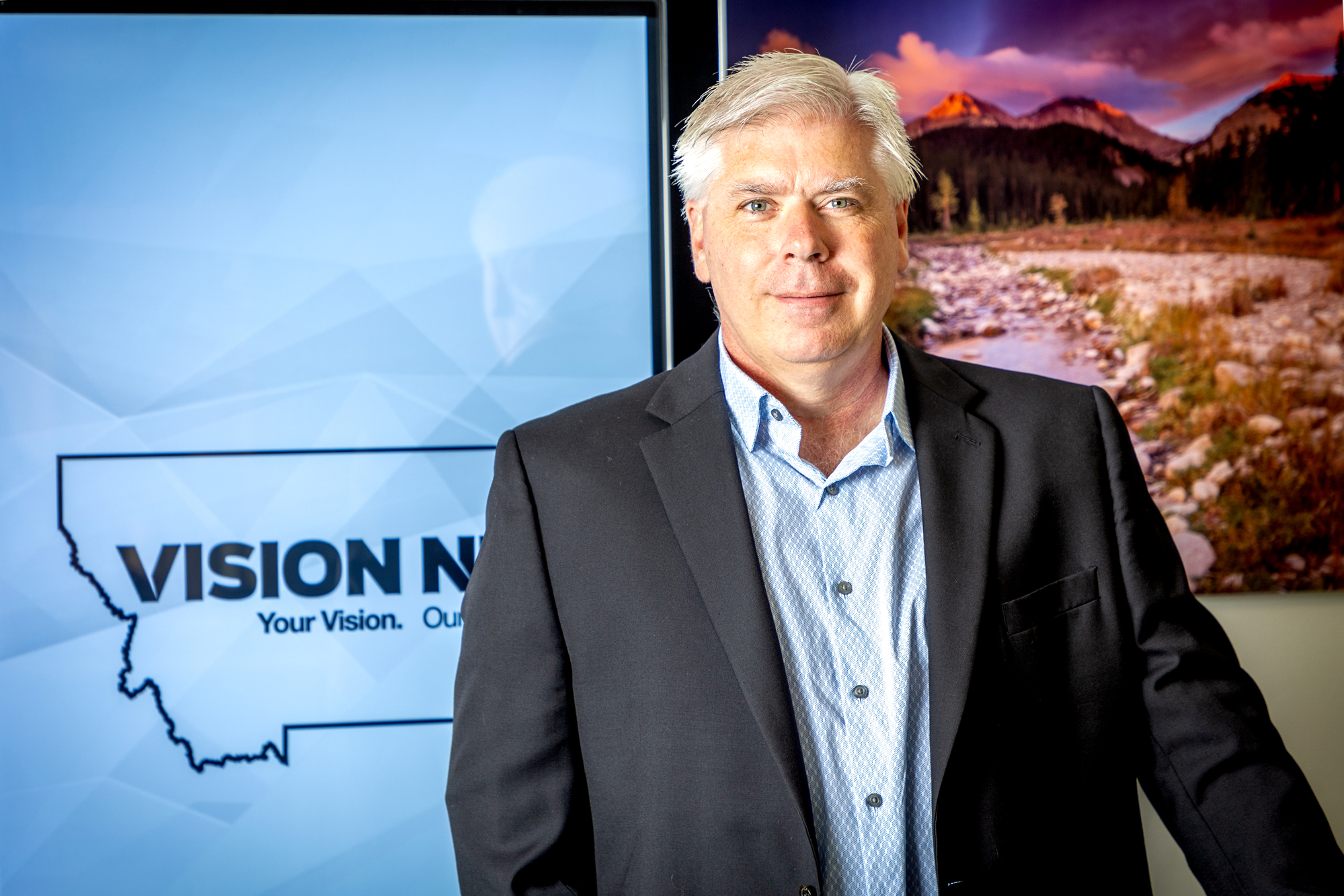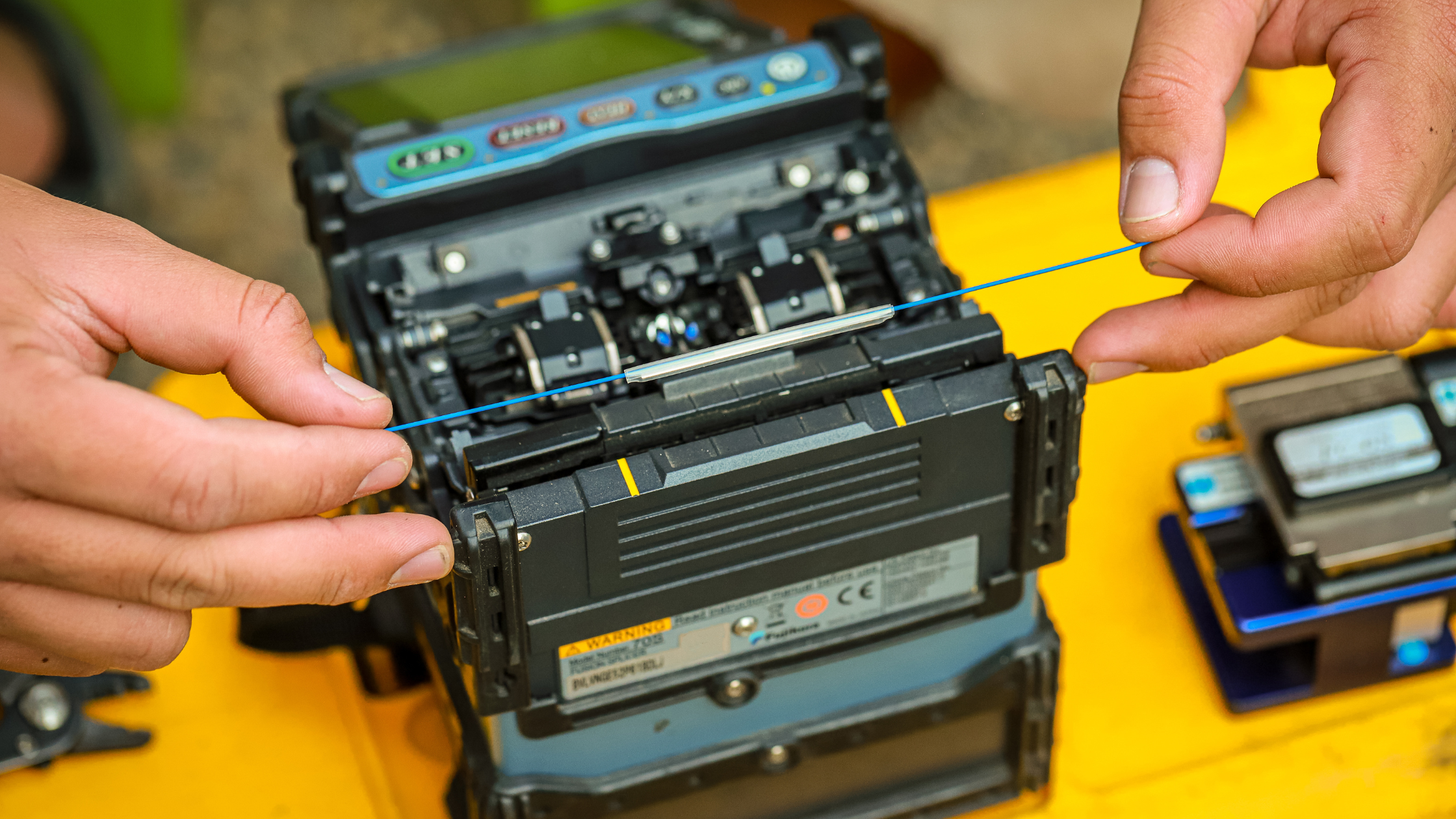A friend reached out to me recently asking about 5G and what it could mean for his business. His question was timely, and it’s a topic I’ve been thinking about quite a bit lately. You can’t turn on the TV, scan social media or open a newspaper or magazine without facing a litany of ads touting 5G as the next best thing.
But is 5G all it’s cracked up to be? And if it is, what does it mean for those of us living and working in a rural state like Montana?
Let’s start with the basics. 5G mobile network technology is the next iteration of wireless connectivity, designed to deliver faster and more reliable service. Notice the word mobile. Like its predecessor 4G, 5G is the connection between a tower and your device, be it a cell phone, smartwatch, or tablet. Proximity to that tower is critical. The best estimates suggest that you need to be within 1,500 feet of a tower to fully reap the rewards. The best scenario—and the one touted most often—is that 5G promises a futuristic landscape of autonomous cars, enhanced machine-to-machine communication, and manufacturing plants run entirely by AI-controlled robots. If it all feels a little bit like Star Trek meets the Jetsons, that’s because it is.
Building out a 5G network and the many towers required to support it won’t be cheap. Large mobile wireless carriers will need to ask themselves if it makes financial sense to invest in this infrastructure in less densely populated areas where usage will be low. More specifically, how long will it take to earn back that investment and begin reaping a profit? It doesn’t take an MBA to realize that for many of these companies, the better investment will be in larger, more densely- populated urban areas.
If this sounds like bad news, let me offer some good news.
The Federal Communications Commission (FCC), through several funding mechanisms, is funneling billions of dollars into shoring up broadband services in rural America. This means that high-speed broadband fiber will soon be accessible to large swaths of rural areas. For many Montanans, this presents a significant improvement over what they’ve been relying on, which is often spotty connectivity and slower speeds. Plus, fiber is ideal in rural settings because the signal doesn’t degrade as it moves away from its source. In other words, there’s no need to be close to a cell tower.
This strengthens the case for fiber in rural settings. Vision Net has already made key fiber investments in Helena and Billings to address exactly these issues, providing a fast and reliable connection for businesses and schools in the area.

This isn’t to say 5G won’t eventually arrive in Montana, but it does seem likely that rural states such as ours may be a bit further down the receiving line. And when it does arrive, you can count on the urban areas of Montana getting 5G well before our rural communities.
In all reality, a mix of fiber and 5G wireless-based broadband will be available across our state for all to utilize. For example, a bank would rely on fiber to run its operating and business processing systems internally, while client-facing services that use apps and websites might leverage 5G to provide a rich customer experience.
So, how will you position your business for this upcoming revolution?
Whether it’s fiber, 5G, or both, my advice is to think through how your business can monetize these bandwidth and connectivity improvements and how best to position your firm to be ready for them when they arrive. In my friend’s case, warehouse automation may provide a much-needed solution to his ongoing challenge to fill empty factory positions.
Another suggestion is to observe how others in your industry are already leveraging broadband and begin formulating your own plan from there. Farmers and ranchers across Montana, for example, may want to look at how drones and other broadband technologies are positively impacting the ag industry, with better monitoring systems for land, livestock, and irrigation that deliver improved efficiencies and cost savings.
And you may want to ponder this question: What are some fiber-backed internal processes that could be implemented to support new technology opportunities when they arrive?

Thomas Edison said “Good fortune is what happens when opportunity meets with planning.” I think it’s fair to say opportunity abounds in the telecom space. Planning for both the short term and long term will be key to meeting this opportunity head-on.







